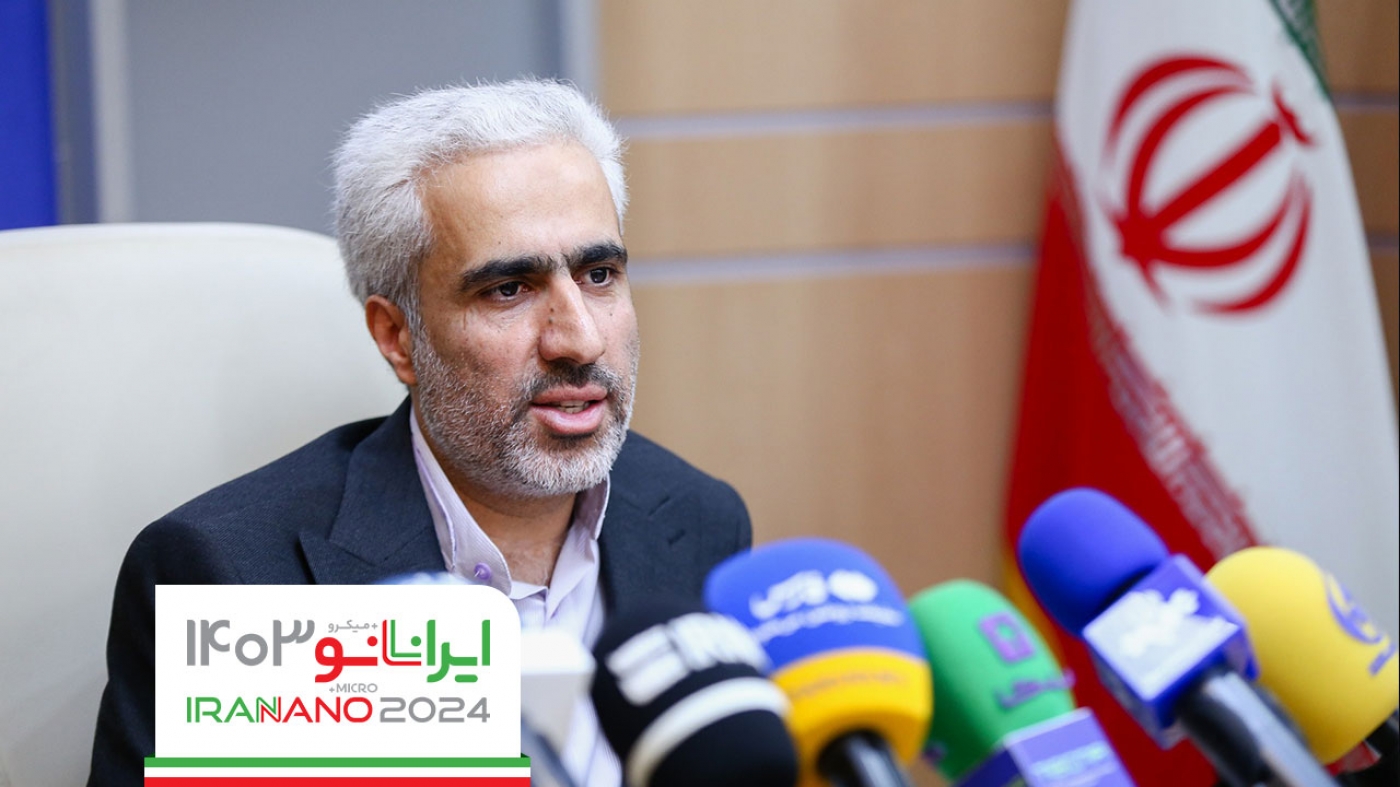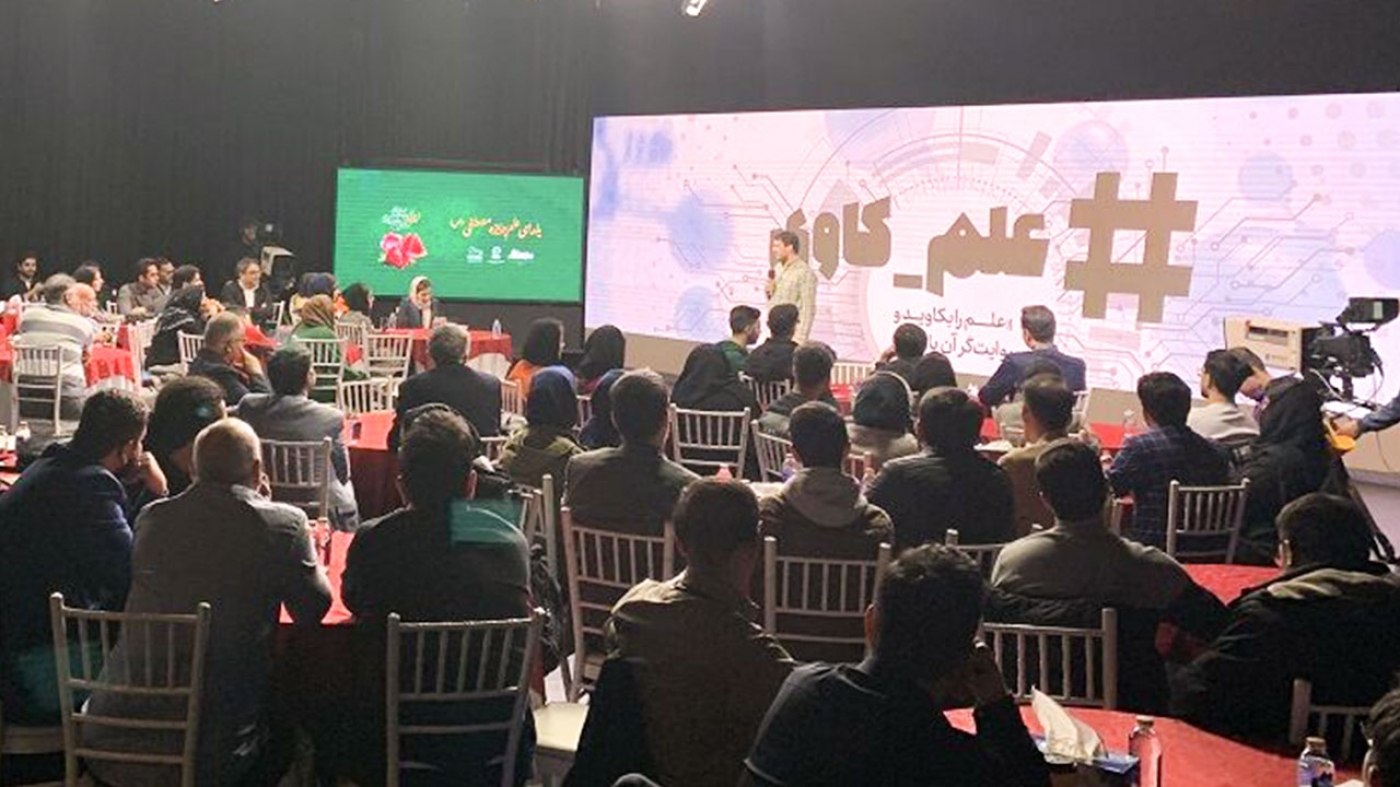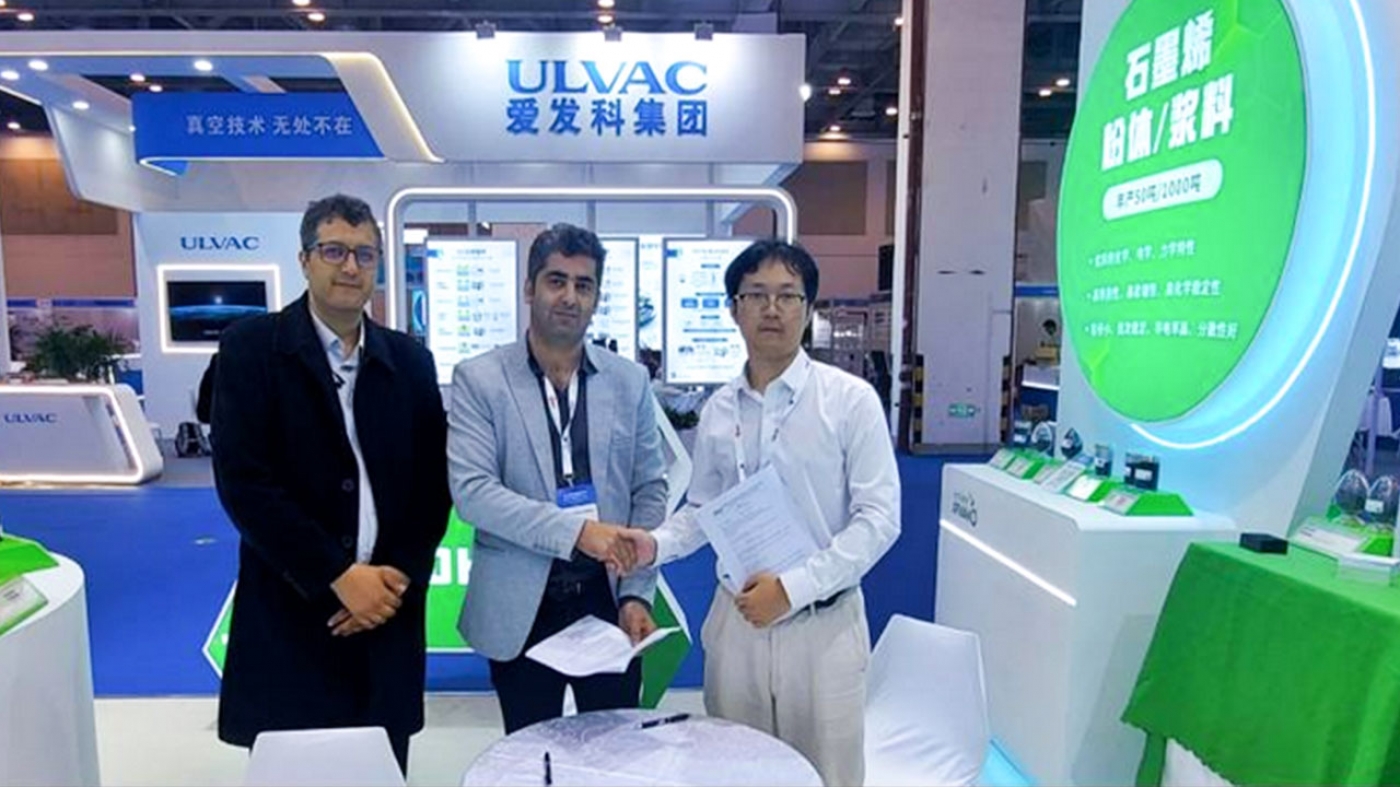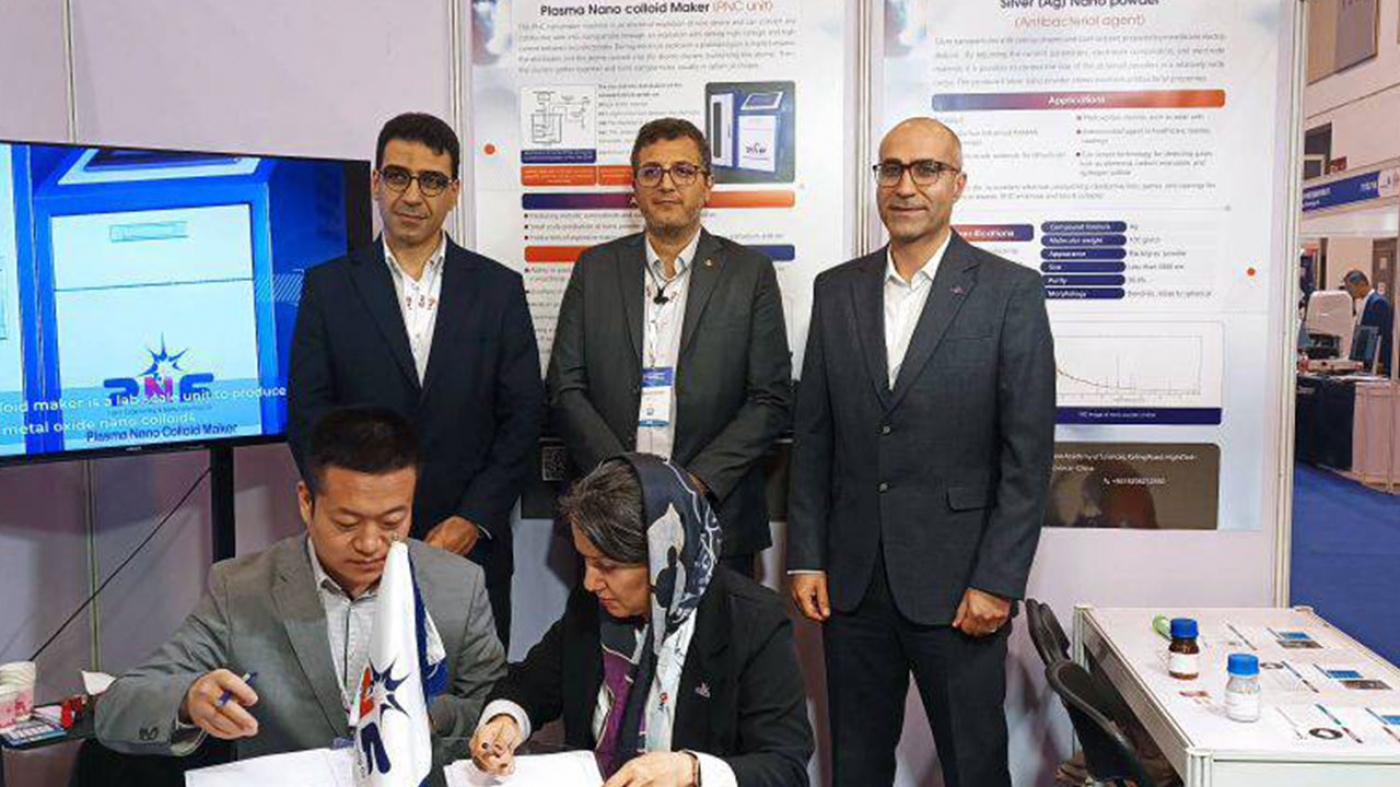This company operates in the field of producing cement nanocomposite sheets containing cellulosic fibers and autoclaved nanomaterials. It started its activity in Bandargaz Industrial Town in 2013 with a production capacity of 5 million square meters. This company produces and markets all kinds of fiber cement sheets. Plain cement fiber sheets are used for the exterior, interior, floor, and ceiling walls. Wood design fiber cement sheets replace wood in facades, this product has more resistance than wood and is resistant to biological factors. One of the advantages of this company's sheets is that the dry face is used and it can be used in frost and high humidity conditions. The produced sheets have large dimensions of 2.4 x 1.2 meters and thickness between 6 and 20 mm. These films have very high resistance and are lightweight. Their heat transmission is high and their sound transmission is very low, and they are also very biocompatible.
Dr. Salehpour said about the production process of these sheets: "For the production of this product, fibers must be used, which are poured into the pools and spread homogeneously." They have very high adhesive properties that must be separated. Next, it is mixed with cement and placed on the conveyor system. This conveyor is equipped with a felt on which the mixture is poured and dewatered. After dewatering, the layers have a small thickness. These layers are placed on a roller system where several layers are placed on top of each other and a sheet is formed by applying pressure of 5 times. These sheets reach the desired dimensions after cutting. The suckers pick up the sheets on the conveyor and put them in another place. After preparation, the sheets enter the drying room and are placed in controlled conditions.
He added: "Due to the health problems of asbestos, cellulose fibers replaced it. These fibers have different origins, which include textile fibers, leaf fibers, and stem fibers, among the fibers that can be used. We modify the fibers and to avoid slowing down the production process, we came up with a way to quickly modify the fibers. Using nano-silica as a modifier reduces the brittleness and brittleness of fibers and does not reduce the speed of the modification process. One of the achievements of this new method was that we were able to reduce the amount of fibers used while the strength did not change. Also, the use of nanomaterials reduced cracking. Reducing waste was one of the other advantages of this new technology."
In the end, Shobo Salehpour said: "We have exported to the countries of Kazakhstan, Iraq, Afghanistan, Syria, Turkmenistan, Pakistan, Armenia, and Turkey. These products have also been used in one of the stadiums in Iraq."





